If you’re trying to choose between Figma and Canva, you’re already asking the right question.
Because design tools aren’t just about features. They’re about how your business operates — how fast you move, what you’re building, and who’s involved in the process.
At DIGITOIDEAS, we’ve worked with businesses at every stage — from lean solo founders to growing teams scaling digital platforms. We use both Figma and Canva, but never interchangeably. Each tool serves a very different purpose.
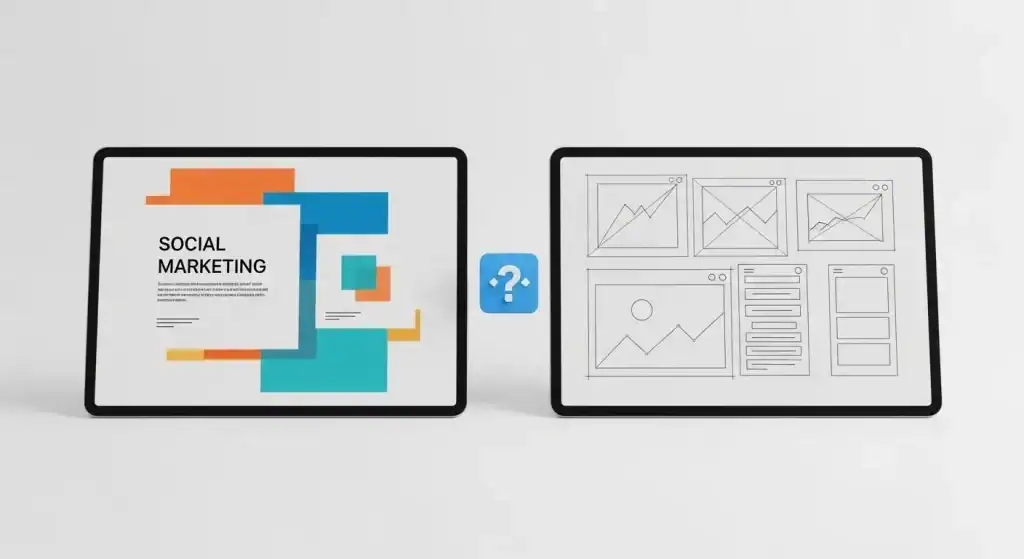
First, What Are You Trying to Create?
Let’s skip the software specs and get to the business reality.
| Goal | Tool |
|---|---|
| Launching an MVP for your startup? | Figma |
| Designing weekly Instagram content? | Canva |
| Building a SaaS dashboard UI? | Figma |
| Making a client pitch deck in 2 hours? | Canva |
| Creating a design system your devs can follow? | Figma |
| Publishing a one-pager site for your event? | Canva |
One isn’t better than the other — but one is definitely better for what you need right now.
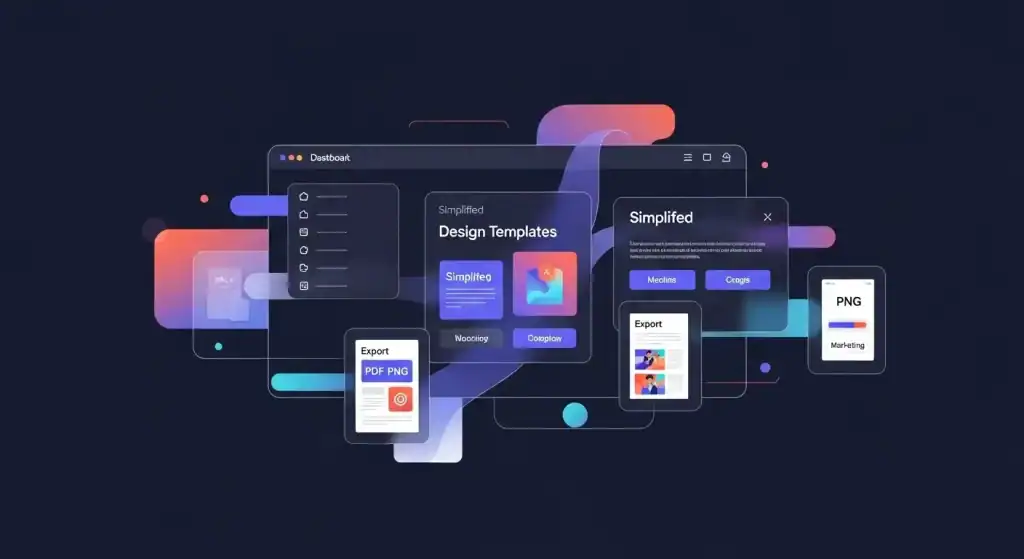
Canva: The Visual Assistant for Marketing Teams
Canva is like having a junior designer who never runs out of ideas. It’s the go-to tool when:
- Speed matters more than flexibility
- You want anyone on the team to contribute (marketers, VAs, even clients)
- You need content that looks professional — without hiring a designer
Real strengths:
- 250,000+ ready-made templates (and that’s growing daily)
- Powerful image tools (background remover, filters, AI expansions)
- Export in any format: PDF, PNG, video, PowerPoint — done
- Make a quick one-page site and go live in 30 minutes
Hidden strength:
It democratizes design. That’s a huge deal for small teams or solo founders.
But: You hit a ceiling quickly. Try designing a 5-page responsive app UI in Canva — and you’ll see its limits fast.
Figma: A Tool for Building the Actual Product

Figma isn’t “just a design tool.” It’s more like the control panel for your entire product vision.
It’s how you:
- Wireframe and test your idea
- Create reusable UI elements that scale
- Hand off clean specs to developers
- Make real-time decisions with product, design, and dev in the same file
What makes Figma stand out:
- Full vector editing with smart layout systems
- Interactive prototyping (no-code needed)
- Team libraries, variables, and version control
- Infinite canvas — design flows, dashboards, and full products in one space
Bonus:
Its whiteboarding tool FigJam is a serious upgrade for remote collaboration. Brainstorms feel like actual team sessions again.
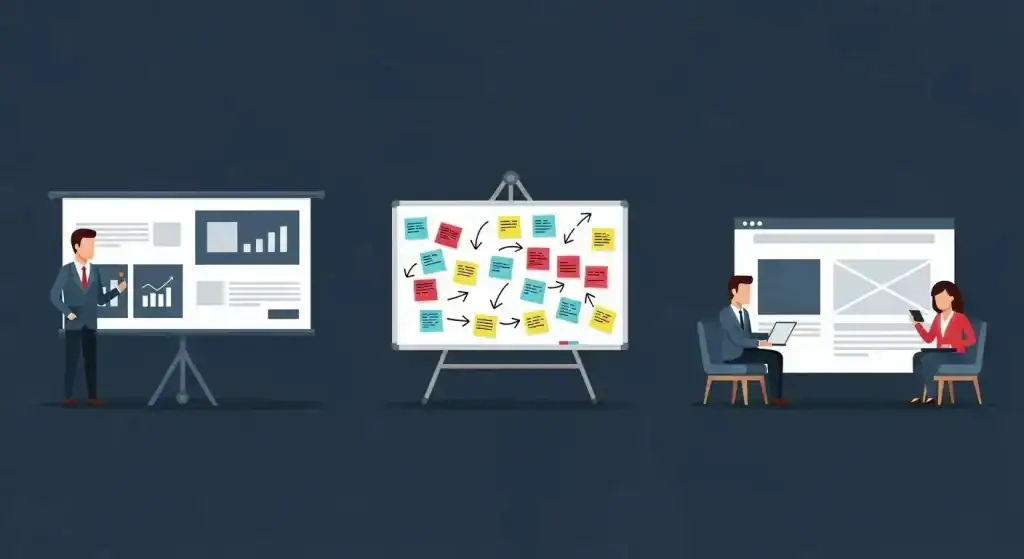
What About Presentations, Whiteboards, and Websites?
You’ll hear that both tools “do” these features. That’s true. But how they do them makes all the difference.
Presentations:
- Canva has pre-made templates, sound effects, screen recording, even mobile remote control.
Great for polished business decks. - Figma has interactive components and prototyping.
Better for demoing UX flows or app mockups.
Whiteboards:
- Canva gives you quick templates for mapping ideas.
- FigJam goes deeper: live polls, audio comments, clickable elements — ideal for product teams.
Websites:
- Canva = basic, beautiful, code-free.
Perfect for simple sites, portfolios, or events. - Figma = pixel-perfect layouts and logic.
You’ll need to export or hand off, but what you build here can scale.
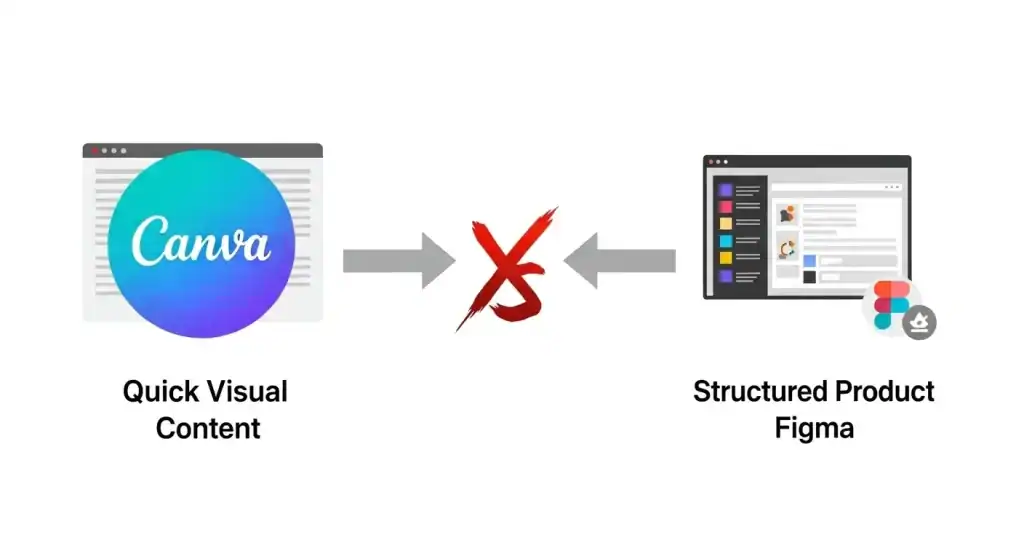
What Business Owners Often Miss
Here’s where many businesses choose wrong:
- They use Canva for product design. Looks okay, but breaks when the devs get involved.
- They use Figma for content. Overkill for a social post and slows everything down.
This isn’t just about tools. It’s about workflow. About how you communicate visually, move fast, and stay consistent across channels.
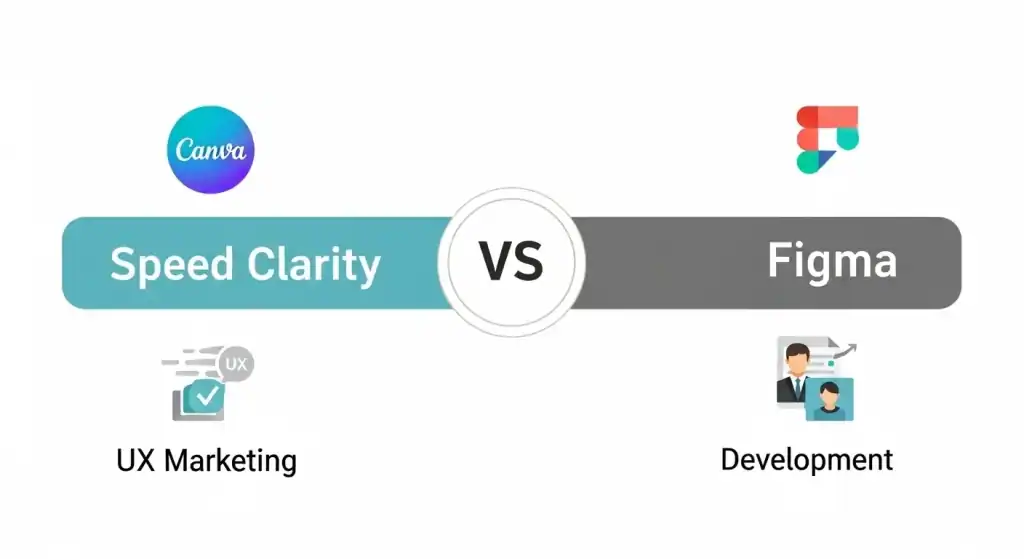
The Verdict (From a Business Perspective)
| Scenario | Use This |
|---|---|
| You need to look good fast | Canva |
| You’re building something people use | Figma |
| You’re running paid ads and posting content weekly | Canva |
| You need a design system that will survive dev handoff | Figma |
| You want a simple website online today | Canva |
| You’re designing the entire UX of your platform | Figma |
What We Use at DIGITOIDEAS
- Canva for our social content, PDFs, quick presentations, and internal visual docs.
- Figma for all client-facing product work — websites, apps, user flows, and branded systems.
Often, we use both in the same project. Canva helps the client move fast. Figma keeps the foundation strong.